Le Corbusier, Pierre Jeanneret and the Silver City
In 1951, the architect Le Corbusier, along with his cousin Pierre Jeanneret, designed what is known as the ‘Silver City of India’, Chandigarh. A project of great historical importance, it has also left a lasting impression on the world of design.
Chandigarh was planned to be the city of the future in India, a project that began in 1951 when Indian Prime Minister Jawaharlal Nehru called on Le Corbusier to design the new capital of Punjab. India became independent from British rule in 1947, but the following year the country was shaken by Indo-Pakistani conflict. The war divided the Indian state of Punjab, and the historic capital Lahore remained in Pakistani territory.
Related: Le Corbusier: 5 Facts to Know
Nehru wanted the new capital to symbolically represent the break from colonial rule, as well as India’s position in the modern world and proposed Chandigarh as a location. The project was initially assigned to the Russian architect Matthew Nowicki and the urban planner Albert Mayer, but after Nowicki tragically died in a plane crash, the commission was entrusted to Le Corbusier. The Swiss architect chose his cousin Pierre Jeanneret as his trusted collaborator, as well as the architects Maxwell Fry and Jane Drew to assist him on what would be the most ambitious project of his career.
Related: Pierre Jeanneret: The ‘Other Jeanneret’
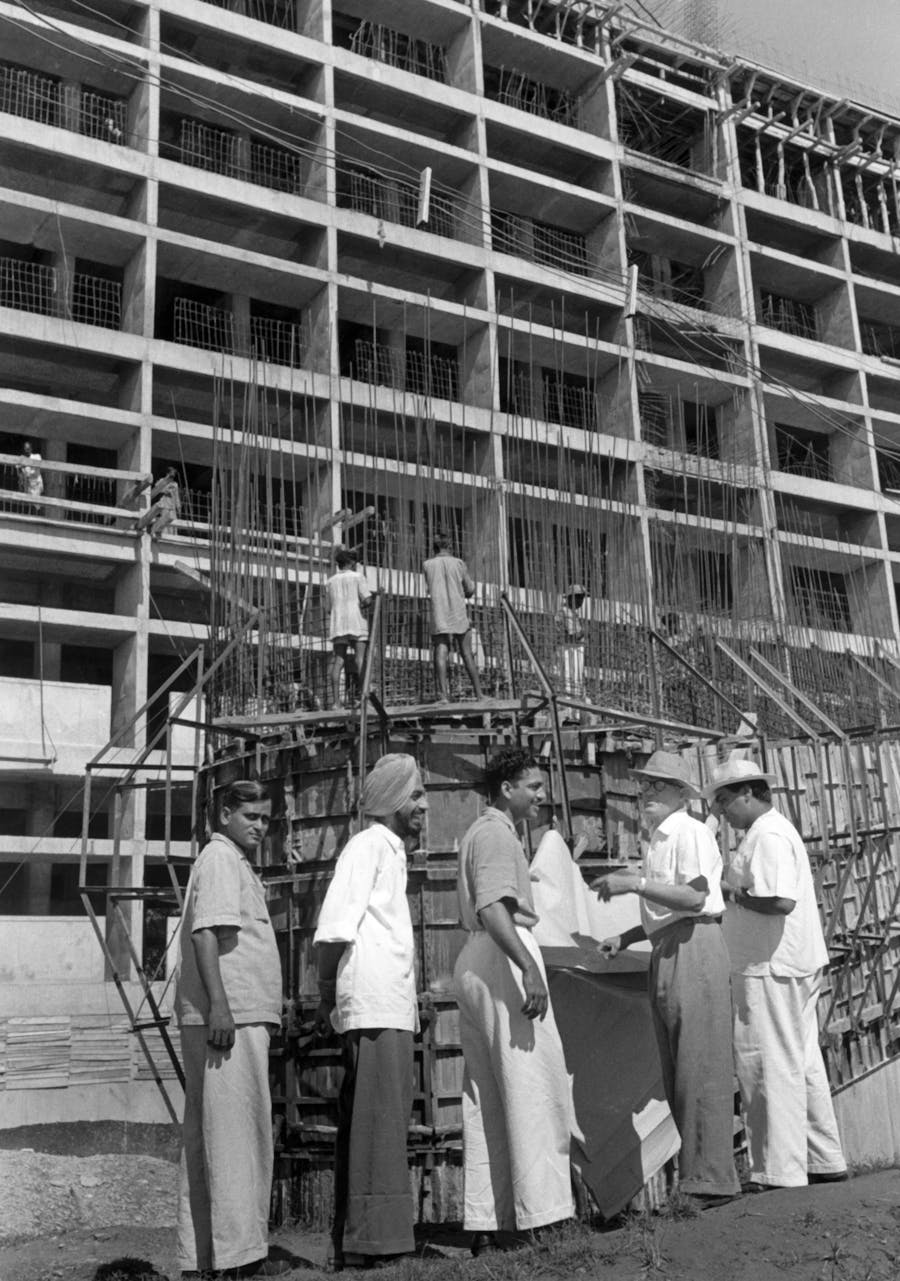
Chandigarh began to take shape, mimicking the human body in its arrangement. Government and administrative buildings stood high above the rest, like a head, while the business district was the bustling heart of the city and the centrally located industrial structures were the organs of the city. Factories and educational facilities extended to either side like arms, and residences and greenery made up the outskirts. The entirety was divided into 56 sectors, with some streets open to cars and others dedicated only to pedestrians. The symbolic monument of the city is La Main Ouverte (The Open Hand), a sheet metal sculpture of a hand raised towards the sky, created by Le Corbusier as a gift and sign of peace.
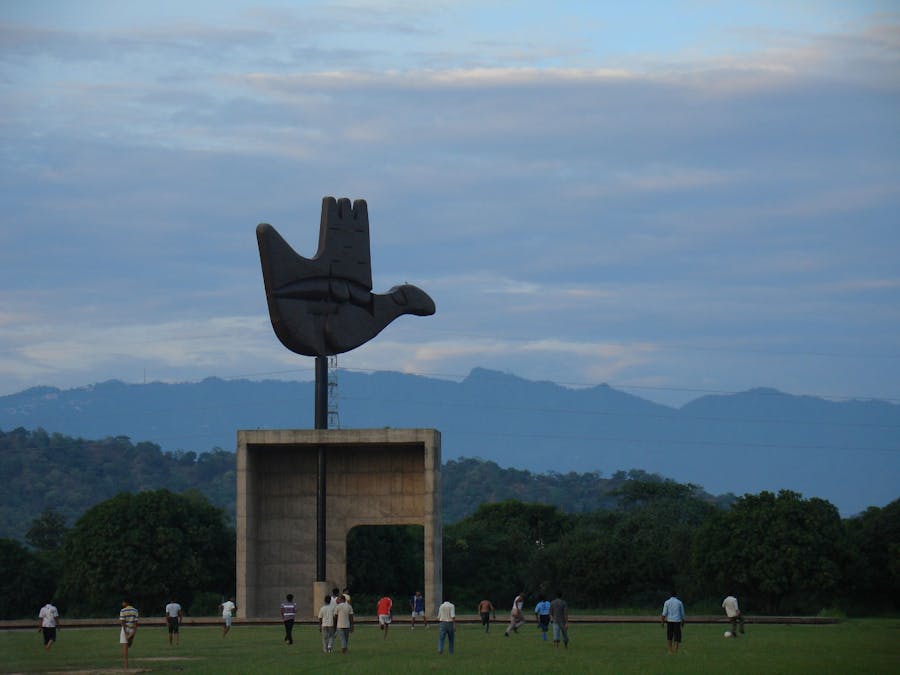
On the design side of things, it was Jeanneret who created the furniture and interior furnishings of the institutional buildings. Jeanneret directly involved local artisans and designed pieces using native woods, which were more suited to the climate and would last longer.
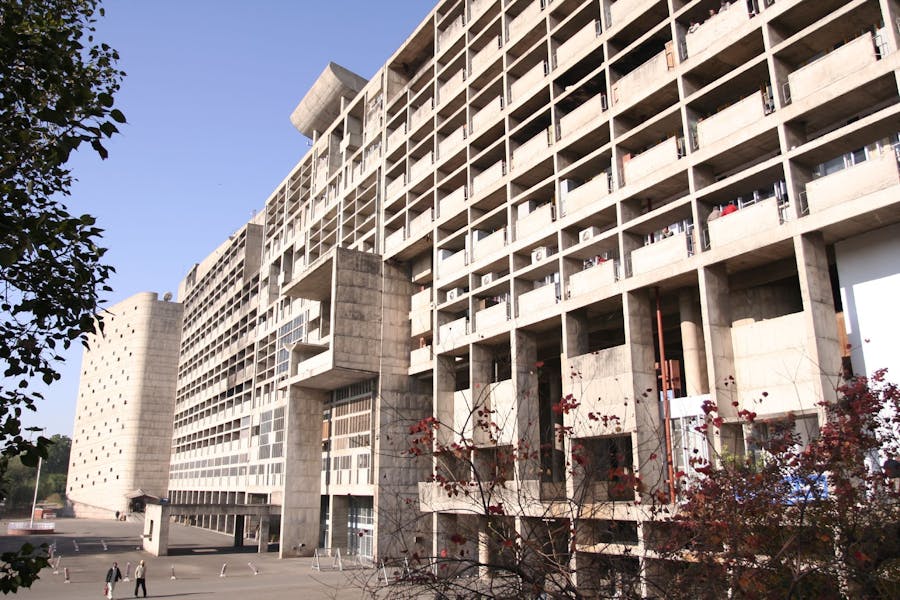
Le Corbusier and Jeanneret shared the idea that design should complement everyday life, a vision that was realized in Chandigarh. The furniture was site specific, combining minimalist forms and simple materials in a way that represents the distinctive legacy of modernism and the changing designs of the 20th century.
Want more articles like this to your inbox? Subscribe to our free newsletter today!
This project profoundly influenced Jeanneret, who remained in India even after his work was completed. He died in Europe in December 1967, but, according to his will, his ashes were later dispersed in Sukhna Lake, Chandigarh, an artificial basin created in 1958 during the planning of the city.
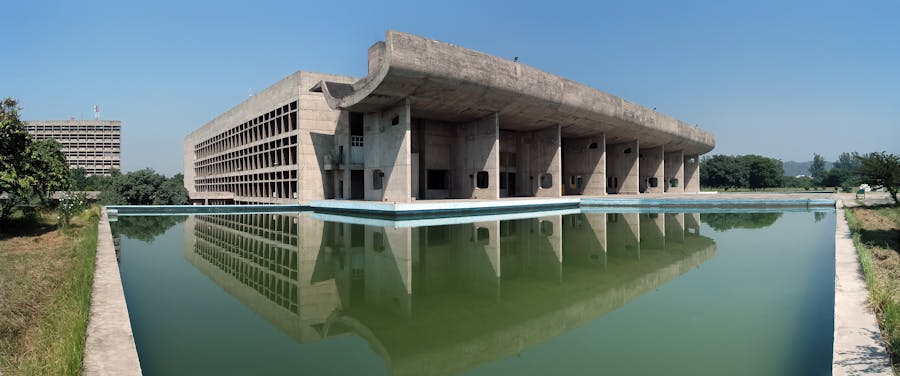
Shortly before his death, Jeanneret explained what Chandigarh had represented to him, "The working methods that I discovered in India finally taught me self-esteem after so many failures in France. Chandigarh was for both of us a kind of glade in the human jungle."
Related: The 10 Most Popular Furniture Designers
By the end of the 1980s, the city of Chandigarh had begun to deteriorate: the hot and humid climate, the abandonment of some buildings and the chaos in others inevitably led to the destruction of some of Jeanneret's creations. By the early 2000s there were very few specimens left intact, and the surviving furniture of Chandigarh was transported to Europe and the United States to be kept in collections and private homes.
Related: 10 Ingenious Chairs: Design Classics of the 20th Century
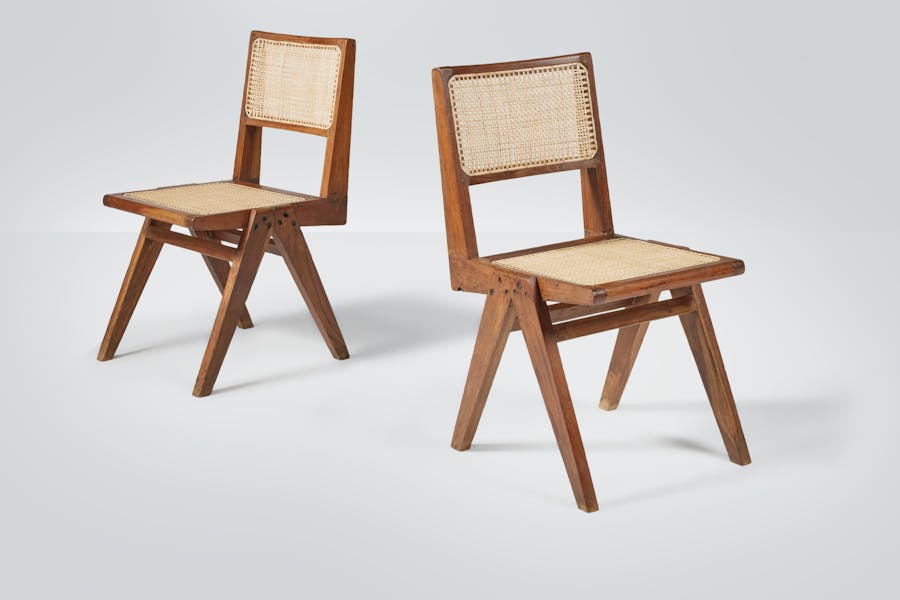
Today, Jeanneret's designs for Chandigarh, like his teak-and-cane V-leg chairs and teak-and-hide Committee chairs, are furniture icons today, selling into the five and even six-figure range.
Find more design articles on Barnebys Magazine
This is an updated version of an article originally published on December 12, 2019


